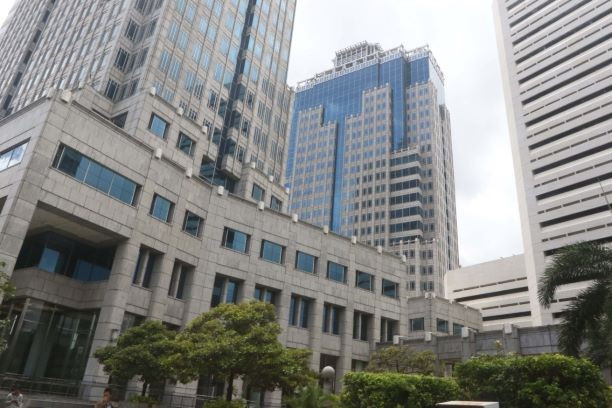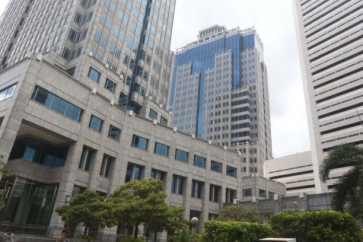Popular Reads
Top Results
Can't find what you're looking for?
View all search resultsPopular Reads
Top Results
Can't find what you're looking for?
View all search resultsAnalysis: Indonesia deflation trend continues despite BI rate cut
Change text size
Gift Premium Articles
to Anyone
I
ndonesia recorded a monthly deflation of 0.12 percent in September, marking the fifth consecutive month of deflation in 2024 and the sharpest decline in the last five years of President Joko “Jokowi” Widodo’s administration. This trend unfolded despite Bank Indonesia’s mid-September decision to cut its benchmark interest rate by 25 basis points to 6 percent.
The deflationary pressure, which began in May with a modest 0.03 percent month-to-month (mtm) decline, deepened to 0.08 percent in June and slightly moderated at 0.18 percent mtm in July. According to Statistics Indonesia (BPS), the primary driver of this deflation has been volatile goods, with a notable 1.34 percent drop between August and September.
Adding to the economic concern is a slowdown in Indonesia’s manufacturing sector. The manufacturing Purchasing Managers’ Index (PMI) started its downward trend in April, right before deflation kicked in. By August, the PMI hit a low of 48.9 before slightly recovering to 49.2 in September, remaining below the critical 50-point threshold, signaling contraction.
The combination of deflation and a weakening PMI raises concerns about a potential recession. These indicators point to a broader economic slowdown and declining consumer purchasing power. This cautious sentiment is also seen in Bank Indonesia's recent consumer survey, which shows a drop in the consumer confidence index (CCI) from 124.4 in August to 123.5 in September.
The survey also highlights decreasing optimism regarding current income, with the index falling from 122.9 in August to 122.4 in September. Almost all income groups reported lower optimism, including those earning less than Rp 2 million (US$128.24) per month (down from 114.7 in August to 112.0 in September) and those earning more than Rp 5 million per month (down from 136.5 to 131.6).
Falling income has also led to a decline in consumer savings. In September, the savings-to-income ratio dropped to 15.3 percent, a 0.4 percentage point decrease from August. At the same time, the proportion of income spent on consumption increased by 0.6 percentage points to 74.1 percent, indicating that consumers are spending more of their income to sustain their consumption amid rising economic pressures.
On the upside, Bank Indonesia’s rate cut has triggered a significant inflow of foreign investment into the bond market, particularly in Sekuritas Rupiah Bank Indonesia (SRBI). By Sept. 17, non-resident ownership of SRBI reached Rp 246.08 trillion, accounting for 26.79 percent of total outstanding SRBI bonds. (Read: BI cuts rate ahead of US Fed, further drives Indonesian bond rally)



















